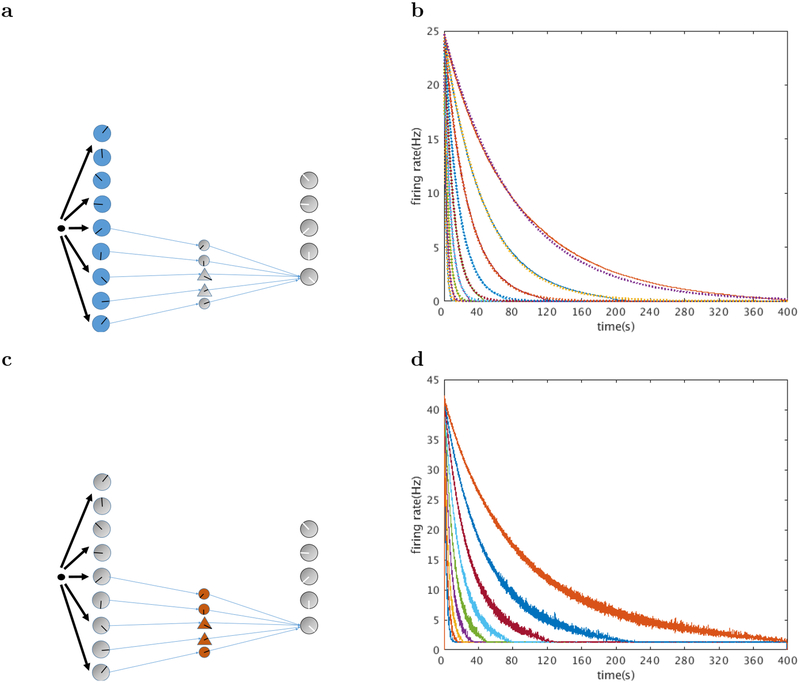Figure 5. Neurons in layer I and layer II decay exponentially.
a. Layer I is composed of exponentially decaying persistent spiking neurons with CAN current. These cells are driven by the network input. b. Firing rates for layer I neurons. Nine example neurons with time constants logarithmically spaced between 2.04 s and 83.49 s are shown. c. Layer II is composed of leaky integrate and fire neurons. They are driven directly by the downstream persistent spiking layer I neurons. They serve the role of exciting and inhibiting the neural activity from layer I to the output layer in order to complete the computation of the inverse Laplace transform. d. Firing rates for 9 layer II neurons with different decay constants. All firing rates are averaged over 100 trials.

